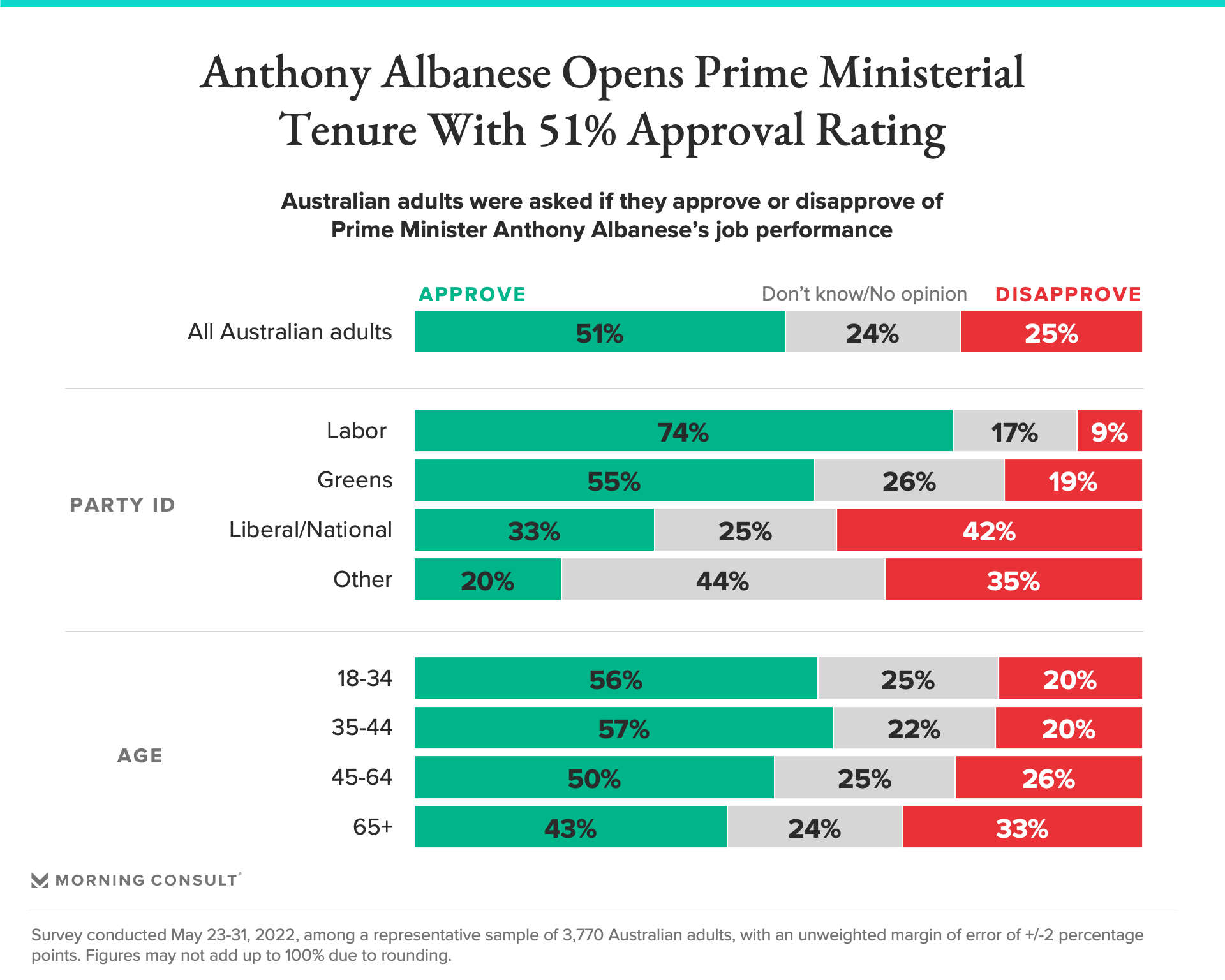Wind turbines operating without curtailment claim many victims among protected bat species in Germany
IMAGE: KILLED BAT UNDER WIND TURBINE IN GERMANY view more
CREDIT: PHOTO: CHRISTIAN VOIGT/LEIBNIZ-IZW
Protected and rare bats regularly die at wind turbines (WT). This is why the operation of new wind turbines is temporarily curtailed during periods of high bat activity. Old wind turbines run without curtailment, however. A scientific team led by the Leibniz Institute for Zoo and Wildlife Research (Leibniz-IZW) has now produced an exemplary estimate of bat fatality rates at such old turbines by systematically recording bat carcasses in the vicinity of the turbines. During two months, 70 bats died on average per wind turbine. Even if these figures cannot be extrapolated one-to-one to all 20,000 old turbines in Germany, there is a considerable need for action. The operation of old turbines should be adjusted to the current regulations for new turbines, the authors argue in an article published in the scientific journal “Global Ecology and Conservation”.
Wind turbines help reduce greenhouse gas emissions, yet they may have unintended side effects on wildlife, as bats of rare and protected species – such as the common noctule (Nyctalus noctula) or Nathusius's pipistrelle (Pipistrellus nathusii) – regularly die when colliding with the rotor blades. The losses contribute to population declines. At new and recently built wind turbines, this grave problem is taken into account by temporarily shutting down turbines when bat activity is high – a measure practiced for only a good ten years in Germany. Older wind turbines, which account for approximately 75% of all onshore turbines in Germany, do not operate under any curtailment regime. “Since we see that these curtailments actually substantially reduce the risk for bats to die at wind turbines, we have to assume that there are considerable fatalities at unregulated turbines and at turbines in unfavourable locations,” says Dr Christian Voigt, Head of the Department of Evolutionary Ecology at the Leibniz-IZW.
In 2021, Voigt and his colleagues estimated the number of bat victims at a wind farm with three turbines that had been in operation since 2001 – with the unpleasant result that in two summer months 70 bats died at each turbine. Extrapolated over the twenty-year lifetime of this wind farm the number of victims at this wind farm is likely to be considerable. In order to obtain these precise figures, the scientific team collected bat carcasses under the three turbines of the wind farm west of Berlin in the months of August and September. “Precise counts of victims are a methodological challenge, as we are far from finding all bat victims – for two reasons,” explains co-author Dr Carolin Scholz. “Firstly, in tall vegetation search teams only find a fraction of the carcasses, and secondly, the carcasses are removed quickly by foxes, crows, birds of prey and other scavengers.” The team therefore conducted an experiment with similar-sized wild mouse carcasses to determine its search efficiency, as mouse and bat carcasses have a similarly high probability of being found. In addition, they determined how long mouse carcasses that were randomly distributed around the turbines remained at each site. “We noted that even experienced search teams only find one in six (17%) bat victims and that just under half of the carcasses were removed by other animals within 24 hours,” says Scholz. “After the first 24 hours, almost all remaining carcasses remained at their spot for about a week. We could therefore generate reliable correction factors for our fatality counts, based on search efforts that took place at an average interval of two days.”
Using both correction factors, the team calculated that a total of 209 bats died at the three wind turbines during two months of the migration period. Although the number of 70 victims per wind turbine per year is high compared to previous numbers, Christian Voigt considers the estimate still to be conservative – because, amongst other things, parts of the migration period did not coincide with the study period. Presumably, the location of this particular wind farm is very unsuitable from the point of view of bat protection, as there are many hedges and bushes near the turbines. “This result is alarming enough, because we have to assume that 20,000 unregulated turbines in Germany will have a high numbers of bat casualties over the course of their lifetime,” says Voigt. “This is unacceptable for endangered species with declining populations such as the common noctule, especially as bats are strictly protected at national and EU levels."
The authors therefore recommend that the operation of old wind turbines should be adjusted to the current regulatory framework for new turbines – for example, with regard to mandatory curtailment at periods of high bat activity. In the case of old turbines located at particularly unfavourable sites, dismantling should also be considered, as the goals of the energy transition to reduce greenhouse gases in energy production should not be achieved unilaterally at the expense of biodiversity.
JOURNAL
Global Ecology and Conservation
METHOD OF RESEARCH
Data/statistical analysis
SUBJECT OF RESEARCH
Animals
ARTICLE TITLE
Wind turbines without curtailment produce large numbers of bat fatalities throughout their lifetime: A call against ignorance and neglect.


